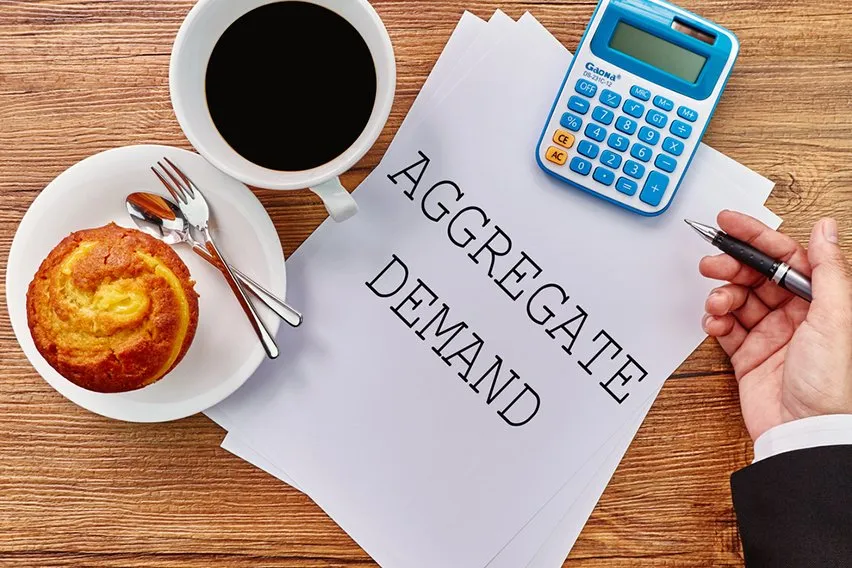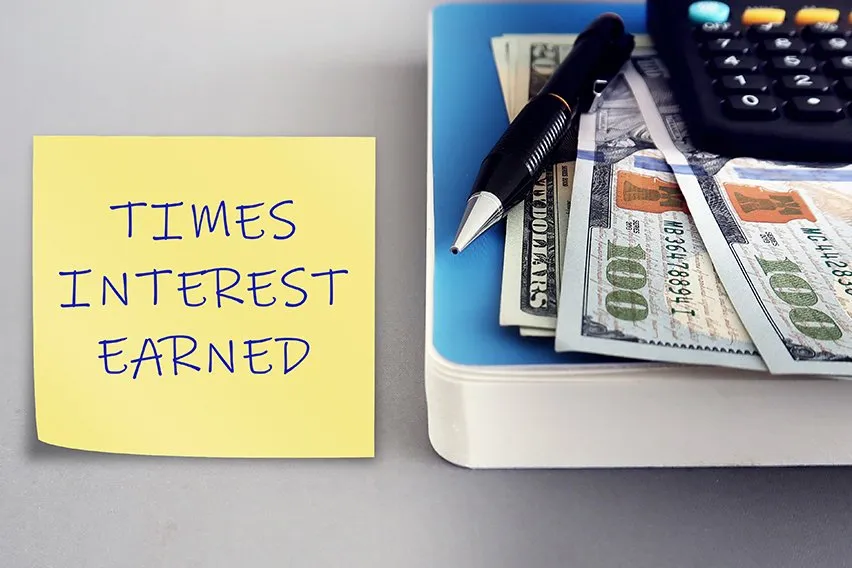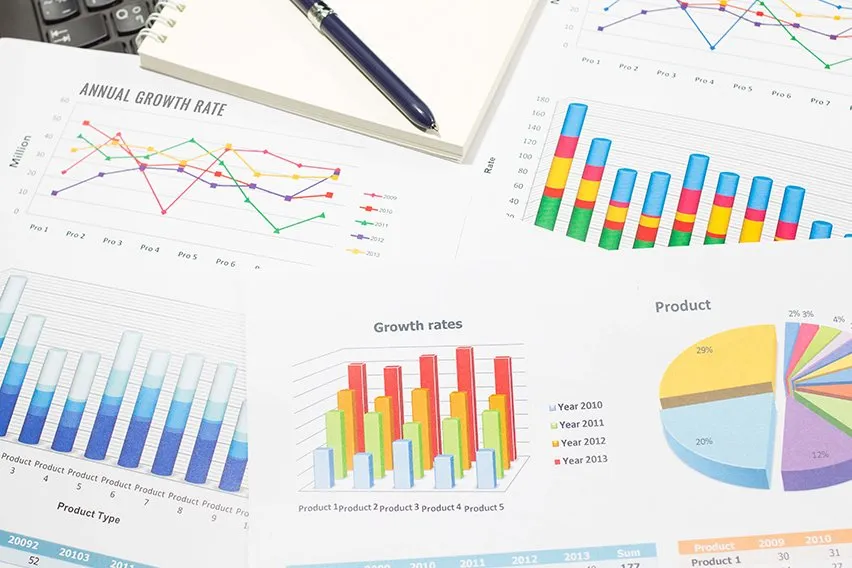Cost Pull Inflation: Definition, Examples & Causes

Cost pull inflation is a situation where the cost of goods and services rise as consumers have more money to spend. In other words, when people make more money, they want to buy different things than before. This causes prices for goods and services to go up. This is because suppliers are trying to get more out of their products. There are several factors that cause cost pull inflation. You’ll learn more about these later in the article.
This article will discuss cost pull inflation in detail. Topics will include what it means and why it’s important. You’ll also learn how cost pull inflation can affect the economy overall.
Here’s What We’ll Cover:
What Causes Cost Pull Inflation?
What is the Difference between Cost Pull Inflation and Cost Push Inflation?
Who Suffers Most from Inflation?
How Can Cost Push Inflation Be Reduced?
What Is Cost Pull Inflation?
Cost pull inflation is when the cost of goods and services rise. This happens because people have more money to spend in the economy. This changes what they want to buy. Suppliers see this increase in demand, so they try to get more out of their products.
This is different from demand pull inflation, which occurs when there are too many goods and services in the market. When people don’t have enough money they will buy less of something. This leaves suppliers with excess goods. This excess causes the price level to go down.

What Causes Cost Pull Inflation?
Cost pull inflation can happen for a variety of reasons. There are many different things that can cause cost pull inflation. Here are a few types of inflation.
Wage inflation is when people demand higher wages. This means they can afford to buy more goods and services with their money.
Demand shift is when people start buying different things than before. For example, if everyone starts going out to restaurants instead of cooking at home, there will be a lack of food in the market. Because people are spending more money on restaurants, the suppliers will raise their prices.
Other possible reasons for cost pull inflation could be:
- An increase in production or costs of production costs due to technological innovation. This can cause price inflation.
- An increase in the money supply.
- A change in consumer tastes and preferences, such as a shift from large cars to smaller ones.
What is the Difference between Cost Pull Inflation and Cost Push Inflation?
The main difference between cost push inflation and cost pull inflation is who caused the inflation. In a cost-push situation, it’s the producers. They increase prices because of their high costs. This is typically caused by increases in cost of production.
In a cost-pull situation, it’s more related to consumer spending. They change prices because they have more money to spend. The aggregate demand shifts to different goods and services. This leads to changes in pricing.
Who Suffers Most from Inflation?
The people who suffer most from inflation tend to be people on low incomes. They usually can’t afford the price increases which come with cost pull inflation. Their disposable incomes shrink as prices increase.
For example, if someone gets a big raise at work and wants to buy a new television, they might find that it’s more expensive than before. This is because the producers have raised their prices in response to the person’s higher wages.
Rising inflation means that people with fixed incomes will see their purchasing power reduced. In other words, they’ll be able to afford less stuff.
How Can Cost Push Inflation Be Reduced?
There are several ways that cost push inflation can be reduced. For example, the government could put a price ceiling on goods and services. This would lower prices because suppliers can’t charge more than the ceiling price.
Another proposal is to regulate the overall level of wages by using minimum wage laws or central planning. This would increase the amount of money that people could earn.
Many economists propose to do nothing. This approach encourages market forces to solve the problem. In theory, if there are high costs or decreases in demand for something, it will become less popular and prices will eventually fall.

What Is the Effect on GDP?
Cost pull inflation causes an indirect tax. This means that people will lose money when they buy things. The effect of this depends on how much the price has increased compared to average salaries. If it’s a large increase, then the indirect tax can cause significant damage to certain classes of people.
Key Takeaways
Cost pull inflation is when the cost of goods and services rise. This happens because people have more money to spend in the economy. This changes what they want to buy. There are many different things that can cause cost pull inflation. These include wage inflation or demand shift. This is when people start buying different things than before.
The main difference between cost pull and cost push inflation is who caused the price increase. A cost-push situation is when producers cause inflation by increasing their prices. A cost pull situation happens because consumers have more money to spend. This leads to changes in pricing.
This article discussed cost pull inflation and what it means. You also learned about how cost pull inflation affects the economy and who is affected most. Hopefully, this article clears up all of your questions about cost pull inflation.
Did you enjoy reading this guide? Head over to our resource hub for more great content!
RELATED ARTICLES

 What Is Aggregate Demand: Definition, Formula & Components
What Is Aggregate Demand: Definition, Formula & Components What Is Consignment Stock or Inventory & How Does It Work?
What Is Consignment Stock or Inventory & How Does It Work? What Is Times Interest Earned Ratio & How to Calculate It?
What Is Times Interest Earned Ratio & How to Calculate It? Principal Amount: Definition, Formula & Calculation
Principal Amount: Definition, Formula & Calculation What Is the Order to Cash (O2C) Cycle? Definition & Benefits
What Is the Order to Cash (O2C) Cycle? Definition & Benefits Compound Annual Growth Rate (CAGR): Overview & Calculation
Compound Annual Growth Rate (CAGR): Overview & Calculation